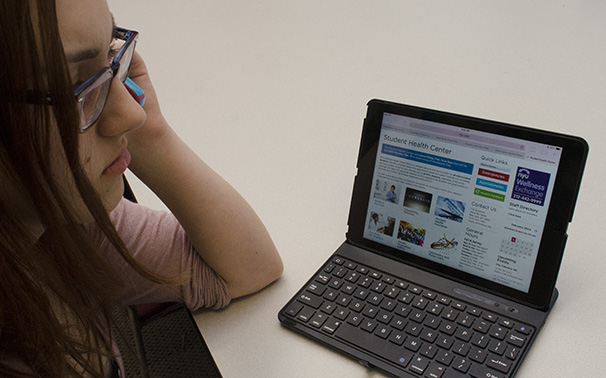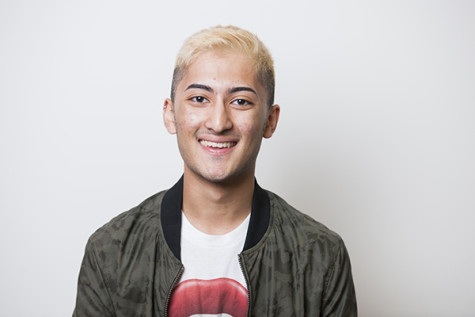University grapples with student safety, wellness
February 5, 2014

For the university, ensuring the well-being of over 40,000 students is a daunting undertaking. NYU has several safety nets, including a wellness hotline and counseling services.
The hotline receives thousands of calls a year, said Zoe Ragouzeos, director of counseling and wellness services at the Student Health Center. The center received 16,000 calls during the 2012-2013 academic year.
After the death of LS freshman Titan Lee-Hai at Third Avenue North residence hall on Jan. 27, the university immediately offered counseling services to residents affected by the incident.
Students have utilized these resources to mixed results. LS freshman Daniel Lynne saw a counselor, whom he found helpful but imperfect.
“I was impressed by how the counseling services stressed the importance of facing issues by talking through them,” Lynne said. “[But] there should be more emphasis on a more informal approach to the meeting in this particular instance. I felt I needed someone to talk to. I didn’t want to feel like a patient.”
LS sophomore Sunwoo Oh uses the counseling services at the Wellness Center, and although she likes her counselor and appreciates the wellness center’s efficiency, she dislikes the limited number of free sessions per year.
“It’s inconvenient and actually puts me in more anxiety from being separated from a counselor I’ve developed an incredible relationship with,” Oh said.
Students are coping with the stress of university life while living in the nation’s largest city and, despite the resources available to members of the NYU community, the university has faced its share of crises.
In November 2009, a student committed suicide inside Bobst Library. On Oct. 31 of this past year, a woman entering the Catholic Center was assaulted as she arrived at the building. Last November, LS sophomore Asher Vongtau was trapped between Lafayette residence hall and the neighboring parking garage for 36 hours. Two students — CAS junior Kyle Larson and Tisch junior Sophia Glaser — passed away in 2012 and 2013, respectively. The most recent incident at Third North occurred on the first day of the spring semester.
The university continues to take precautions to prevent these tragedies, such as the screens in the atrium in Bobst. Additionally, the windows in residence halls only open a few inches and there is limited access to roofs. However, it remains unclear whether Vongtau or Lee-Hai were able to access the roofs of their residence halls.
When these events occur, the university responds to each situation differently. In matters of public safety, NYU urges people to be more aware of any heightened danger. Following the assault at the Catholic Center, Jules Martin, the vice president for Public Safety, sent out a mass email notifying the community about the attack.
In cases of death or suicide, the university tailors its response to the specific information about the incident.
“Our overarching consideration is the well-being of the community,” NYU spokesman John Beckman said. “Each case is handled individually, taking careful account of the wishes of the family, the circumstances of the death and the need to combat rumors that may arise, among other factors.”
The 2009 suicide prompted an email. In the case of Lee-Hai, a mass email was sent, but in the cases of Glaser and Larson, fewer people were notified. However, the NYU Prague community was notified via email when Glaser passed away.
While a mass email is not always sent to the community at large, Beckman said the university notifies the people who are closest to the student, including friends, classmates and faculty members.
“We make what we believe to be the wisest decision in each case, the one we believe to be in the best overall interests of the welfare of the students and the rest of the NYU community,” he said.
A version of this article appeared in the Wednesday, Feb. 5 print edition. Additional reporting by Afeefa Tariq and Kavish Harjai. Scott Mullen is a deputy news editor. Email him at [email protected].



























































































































































